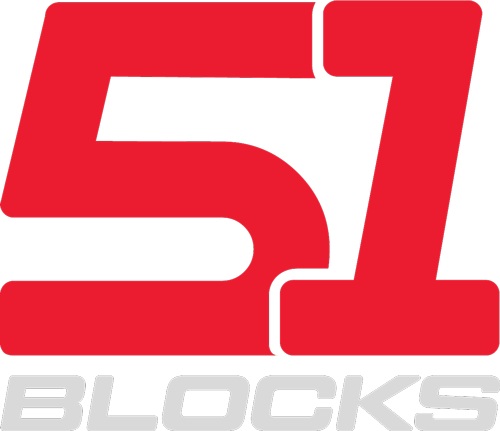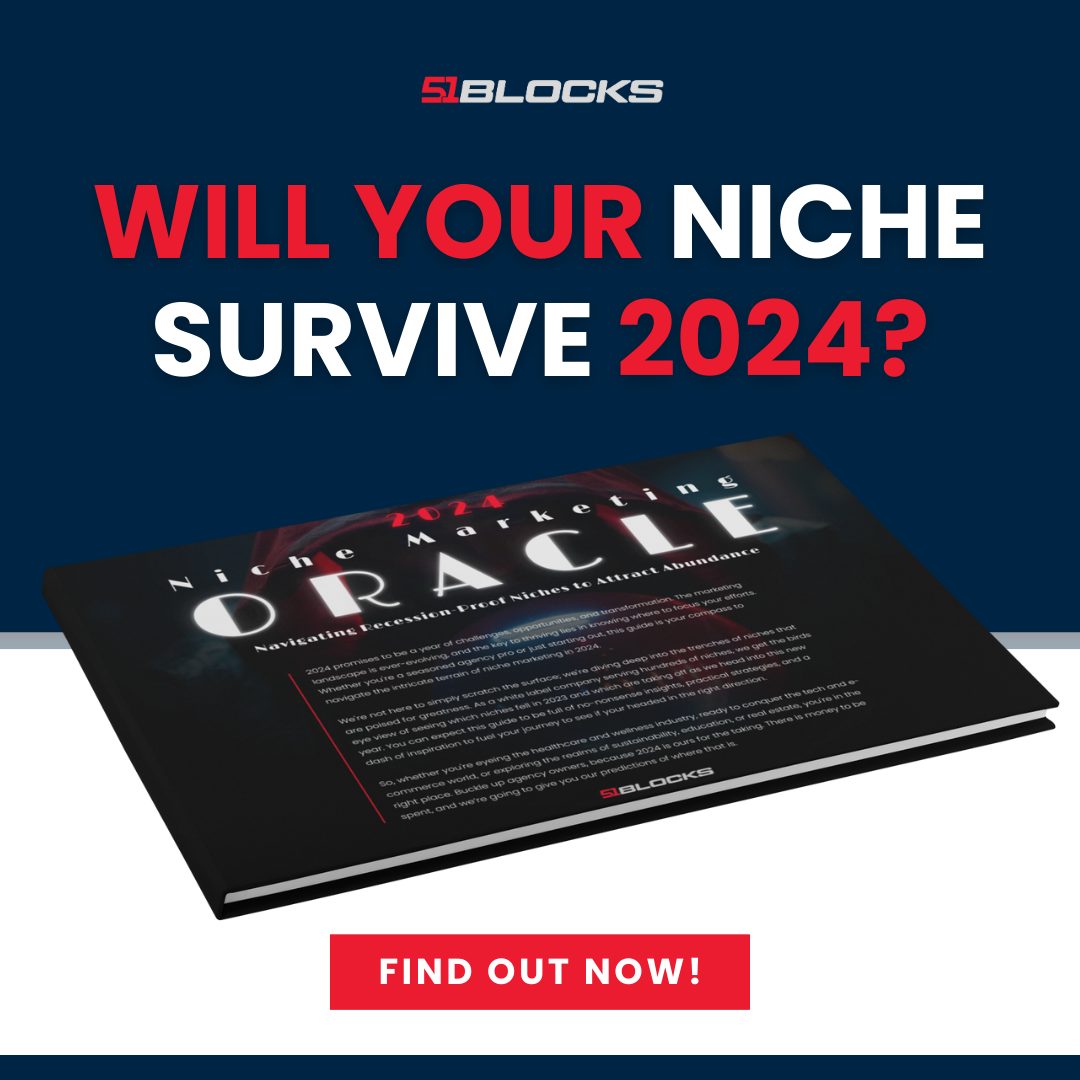Hey there, imagine digital agency brand partnerships as a complex puzzle, where every piece needs to fit perfectly to create a stunning picture. You’re about to uncover 12 key tactics that will help you navigate this intricate landscape and unlock the potential for successful collaborations.
From understanding brand goals to nurturing long-term relationships, these tactics will provide you with the roadmap to not just survive, but thrive in the world of digital agency brand partnerships.
So, buckle up and get ready to revolutionize your approach to brand partnerships!
Key Takeaways
- Understanding the brand’s goals, messaging strategies, and target audience is crucial for identifying ideal partners in digital agency brand partnerships.
- Crafting compelling proposals and visual presentations that align with the brand’s values and engage emotionally can help secure successful partnerships.
- Leveraging case studies and building trust and credibility through transparency, testimonials, and open communication are essential in brand partnerships.
- Monitoring and measuring performance, nurturing long-term relationships, and celebrating milestones together are important for the success and growth of digital agency brand partnerships.
Understanding Brand Goals
To successfully partner with brands, it’s essential to understand their goals and objectives. This means delving into the nitty-gritty of what the brand hopes to achieve, not just in terms of sales, but also in terms of their overall brand messaging strategies. Understanding consumer behavior is at the core of this. It’s about knowing who their target audience is, what motivates them, and how they make purchasing decisions.
When you grasp a brand’s goals, you can tailor your digital agency’s strategies to align with them. For instance, if a brand aims to increase its market share among a younger demographic, your understanding of consumer behavior will help you craft campaigns that resonate with this audience. This might involve leveraging social media platforms, creating engaging content, and utilizing influencers who hold sway with the targeted demographic.
Moreover, understanding a brand’s goals allows you to provide more value to them. By aligning your efforts with their objectives, you become a true partner rather than just a service provider. This level of collaboration can lead to more effective campaigns and a stronger, more enduring partnership. It’s a win-win situation – the brand achieves its goals, and you solidify your position as a trusted and invaluable ally in their success.
Identifying Ideal Partners
When identifying ideal partners for your digital agency, consider seeking out brands that share similar values and target demographics. Partner evaluation is crucial when it comes to forging successful brand partnerships. Look for brands that align with your agency’s mission and values. Collaboration criteria should include an assessment of the potential partner’s online presence, marketing strategies, and brand reputation. Strategic alignment is key, so look for brands that complement your agency’s strengths and expertise. Assessing mutual benefits is also essential for a successful partnership. Consider how each party can support the other in achieving their goals.
When evaluating potential partners, take into account their target audience and whether it aligns with your agency’s expertise. Identifying a partner with a similar target demographic can lead to more effective collaborations and campaigns. Additionally, consider the potential for cross-promotion and how both parties can leverage each other’s audiences.
Furthermore, assess the potential partner’s digital capabilities. Look for brands that have a strong online presence and an understanding of digital marketing. This can indicate a willingness and ability to engage in innovative digital campaigns and strategies.
Crafting Compelling Proposals
So, you’ve identified your ideal brand partners, and now it’s time to craft compelling proposals that will win them over.
The key points to focus on are the structure of your proposal, making sure the content is persuasive, and presenting it visually in a way that grabs their attention.
Let’s break down these points and look at how you can create proposals that stand out and get results.
Proposal Structure
Crafting compelling proposals is essential for digital agencies seeking successful brand partnerships. To structure your proposals for maximum impact, consider the following key elements:
- Effective Communication: Clearly articulate your ideas and value proposition to resonate with the brand’s objectives.
- Engaging Visuals: Incorporate visually appealing elements to enhance the presentation and capture attention.
- Collaborative Brainstorming: Showcase how your agency can collaborate with the brand for innovative ideas and strategies.
- Partnership Synergy: Illustrate the potential synergy between your agency and the brand, emphasizing the mutual benefits of the partnership.
Persuasive Content
To craft compelling proposals, it’s crucial to infuse your content with persuasive language that clearly communicates the unique value your agency brings to the partnership.
Creating engaging and persuasive content involves using storytelling techniques for persuasion. Start by understanding the brand you’re partnering with and their audience. Tailor your proposal to show how your agency’s strengths align with their needs.
Use storytelling to illustrate how your agency has overcome challenges and achieved success for previous clients. Highlight specific results and showcase your creativity and innovation. Incorporate visuals and data to support your points.
Keep your language clear, concise, and compelling. By crafting a proposal that tells a persuasive story about your agency’s value, you can increase your chances of securing successful brand partnerships.
Visual Presentation
Want to capture the attention of potential brand partners with your proposals? Visual presentation is key to crafting compelling proposals that stand out and effectively communicate your agency’s value.
When you focus on design aesthetics, you create a visually appealing proposal that reflects your commitment to quality and attention to detail.
Incorporating brand messaging ensures that your proposal aligns with the brand’s values and resonates with their audience, building a sense of trust and connection.
Utilizing visual storytelling techniques helps bring the brand’s identity to life within your proposal, engaging the brand partners on an emotional level and leaving a lasting impression.
Leveraging Case Studies
Leveraging case studies can provide valuable insights into the success of digital agency brand partnerships. Case study analysis allows you to dig into the nitty-gritty of past collaborations, uncovering the specific success metrics and impact assessment that drove those partnerships. When you’re evaluating potential brand partnerships, these case studies can offer a goldmine of information. They can help you understand what worked and what didn’t, giving you a clearer picture of what to expect and how to navigate potential challenges.
By delving into case studies, you can gain a comprehensive understanding of the outcome evaluation of different strategies and approaches. This in-depth look can guide your decision-making process and help you fine-tune your own brand partnership strategies. You can pick up on patterns and trends that led to success, as well as identify potential pitfalls to avoid.
Moreover, leveraging case studies can also provide real-world examples to share with potential brand partners. Demonstrating your understanding of successful strategies through specific case studies can help build trust and credibility. It shows that you’re not just talking the talk but have a proven track record of walking the walk.
Ultimately, case studies can be powerful tools for shaping and strengthening your digital agency brand partnerships.
Building Trust and Credibility
Hey there!
When it comes to building trust and credibility, transparency is key. Clients want to know that they can rely on you to be open and honest about your processes and results.
And of course, nothing speaks louder than glowing testimonials from satisfied clients.
Trust Through Transparency
Transparency is crucial for building trust and credibility in brand partnerships, allowing for open communication and genuine connections with your audience. When you prioritize transparency in negotiations and interactions with brand partners, it shows that you value honesty and integrity, which can resonate deeply with your audience.
By being transparent, you demonstrate a willingness to be held accountable, fostering a sense of reliability and dependability. This, in turn, can lead to increased loyalty and support from your audience, as they feel confident in your brand’s authenticity.
Transparency also promotes a culture of openness and collaboration, encouraging meaningful engagement and feedback from your audience.
Ultimately, it’s about building credibility through transparency, creating a solid foundation for long-term, meaningful brand partnerships.
Credibility via Client Testimonials
Utilizing client testimonials is an effective way to build trust and credibility, showcasing real experiences and positive feedback from satisfied customers. Client satisfaction is the ultimate goal, and authentic feedback from happy clients can significantly boost your agency’s credibility.
When potential brand partners see genuine testimonials from previous clients, they’re more likely to trust your agency’s capabilities and commitment to delivering results. Positive client testimonials provide social proof, reassuring potential partners that they’re making the right decision in choosing your agency.
Negotiating Win-Win Agreements
When negotiating win-win agreements with brand partners, it’s essential to focus on mutual benefits and clear communication. Here are some key tactics to help you negotiate agreements that benefit both your digital agency and your brand partners:
- Collaborative Mindset: Approach the negotiation process with a collaborative mindset, seeking to understand the needs and goals of your brand partners. By prioritizing their objectives alongside yours, you can work towards crafting an agreement that satisfies both parties.
- Flexibility: Be open to compromise and flexibility during negotiations. It’s crucial to recognize that successful partnerships often require give-and-take. By showing flexibility, you can build trust and goodwill, laying a strong foundation for future collaborations.
- Transparency: Maintain transparency throughout the negotiation process. Clearly communicate your agency’s capabilities, expectations, and potential challenges. Similarly, encourage your brand partners to be transparent about their needs and limitations. This transparency fosters trust and helps align expectations.
- Long-Term Perspective: Look beyond the immediate benefits and consider the long-term implications of the agreement. Building sustainable, long-term partnerships can lead to ongoing success for both your agency and your brand partners. Strive to create agreements that pave the way for continued collaboration and mutual growth.
Establishing Clear KPIs
Alright, let’s talk about the nitty-gritty of establishing clear KPIs for your brand partnerships.
KPIs, or key performance indicators, are the metrics that will determine the success of your collaboration.
It’s crucial to ensure that these KPIs are aligned with the goals of both your agency and the brand you’re partnering with.
KPI Definition
To effectively measure the success of your digital agency brand partnerships, it’s crucial to establish clear Key Performance Indicators (KPIs) that align with your business goals and objectives. Here are four key reasons why defining KPIs is essential for measuring success:
- Clarity: Clearly defined KPIs provide a clear understanding of what needs to be achieved.
- Focus: KPIs help in focusing efforts on the most critical aspects of the partnership.
- Accountability: They create accountability by assigning specific targets and responsibilities.
- Adaptability: Defined KPIs allow for adaptation and adjustment based on performance evaluation, ensuring continuous improvement.
Establishing clear KPIs not only enables you to measure the performance of your brand partnerships but also guides your strategies towards achieving the desired outcomes.
KPI Alignment
How do you ensure that your Key Performance Indicators (KPIs) are aligned with your digital agency brand partnerships for maximum effectiveness?
The key lies in KPI measurement and making data-driven decisions.
First, identify the specific goals of your brand partnerships. Are you aiming to increase website traffic, drive conversions, or boost brand awareness?
Once you’ve pinpointed these objectives, you can then establish KPIs that directly align with them. For instance, if your goal is to drive conversions, your KPI might be the number of completed purchases or the conversion rate.
By ensuring that your KPIs are closely tied to your brand partnership objectives, you can effectively measure performance and make informed, data-driven decisions to optimize your strategies.
This alignment will ultimately drive better outcomes and strengthen your agency’s brand partnerships.
Implementing Seamless Integration
Creating a seamless integration between digital agencies and brand partnerships requires clear communication and a deep understanding of each other’s goals and processes. Here are some key tactics to help you implement seamless integration and foster a strong partnership:
- Open Communication: Be open and transparent about your capabilities, expectations, and any challenges that may arise. This builds trust and ensures that both parties are on the same page throughout the partnership.
- Joint Goal Setting: Collaboratively establish clear and achievable goals that align with both the agency’s expertise and the brand’s objectives. This ensures that everyone is working towards a common purpose.
- Empathy and Flexibility: Understand that both the agency and the brand have unique needs and constraints. Being empathetic and flexible in your approach can help navigate any roadblocks and strengthen the partnership.
- Continuous Feedback Loop: Establish a feedback mechanism to regularly evaluate the partnership’s progress. This allows for adjustments to be made in real-time, leading to a more agile and effective collaboration.
Collaborating on Content Creation
As you move forward to collaborate on content creation, the foundation of open communication and joint goal setting established in your partnership will be pivotal in ensuring a cohesive and impactful approach. When it comes to content strategy, it’s crucial to align on the overarching message and themes that resonate with both your brand and your audience. This means pooling together your creative resources and brainstorming sessions to develop a content roadmap that reflects the values and goals of both parties involved.
Incorporating influencer partnerships into your content creation can be a game-changer. By leveraging the reach and authenticity of influencers, you can amplify your message and connect with your target demographic in a more organic way. Consider identifying influencers whose personal brand aligns with your agency and brand, and collaborate with them to co-create content that feels genuine and compelling.
Furthermore, don’t underestimate the power of storytelling. Collaborate with your brand partner to weave narratives that captivate and resonate with your audience. By infusing your content with relatable and authentic stories, you can forge deeper connections and leave a lasting impression.
Maximizing Cross-Promotion Opportunities
To maximize cross-promotion opportunities, leverage your partner’s channels and audience to expand your brand’s reach and engagement. By collaborating on cross-promotion strategies, you can effectively tap into each other’s target audience, boosting brand visibility and creating a win-win situation.
Here are some key tactics to make the most of your cross-promotion opportunities:
- Coordinated Campaigns: Align your digital marketing efforts with your partner to create coordinated campaigns that resonate with both of your target audiences. This not only amplifies your brand’s visibility but also fosters a sense of unity and partnership, making your collaboration more compelling to the audience.
- Mutual Content Sharing: Share each other’s content across various platforms to introduce your brand to a new audience. This not only expands your reach but also helps in building credibility and trust among your partner’s audience.
- Joint Giveaways and Contests: Organize joint giveaways and contests with your partner to encourage audience engagement and interaction. This not only attracts attention but also creates a buzz around both brands, generating excitement and interest.
- Leverage Partner’s Influencers: If your partner works with influencers, collaborate with them to promote your brand. Influencers can significantly impact your target audience and their endorsement can greatly enhance your brand’s visibility and credibility.
Monitoring and Measuring Performance
You can effectively gauge the impact of your brand partnership by implementing robust monitoring and measurement strategies. Measuring the effectiveness of your brand partnership is crucial for understanding its impact and making informed decisions for future collaborations. To track progress, consider using key performance indicators (KPIs) such as website traffic, social media engagement, lead generation, and sales conversions. These metrics will provide valuable insights into how the partnership is resonating with your target audience and contributing to your overall business goals.
Utilize digital analytics tools to monitor the performance of your brand partnership in real time. Platforms like Google Analytics, social media insights, and email marketing analytics can offer detailed data on user behavior, campaign reach, and conversion rates. By regularly analyzing these metrics, you can identify trends, strengths, and areas for improvement, allowing you to adjust your strategies accordingly.
In addition to quantitative data, gathering qualitative feedback from your audience and brand partner can provide a more comprehensive understanding of the partnership’s impact. Surveys, interviews, and social media listening can reveal valuable insights into consumer sentiment, brand perception, and the effectiveness of collaborative marketing efforts.
Nurturing Long-Term Relationships
Once you’ve measured the impact of your brand partnership, it’s essential to focus on nurturing long-term relationships to ensure sustained success and mutual growth. Building rapport and maintaining communication are key to fostering strong, lasting connections with brand partners. Here’s how to do it:
- Show Genuine Interest: Take the time to understand your brand partner’s goals, challenges, and values. This demonstrates that you’re invested in their success and not just focused on your own agenda.
- Consistent Communication: Keep the lines of communication open and be proactive in reaching out. Regular check-ins, updates, and sharing of relevant industry insights can help solidify your relationship.
- Transparency and Trust: Be open and honest in your dealings. Transparency builds trust, which is crucial for a long-term partnership. It’s important to address any issues promptly and work together to find solutions.
- Celebrate Milestones Together: Acknowledge and celebrate milestones and successes, both big and small. This shows your appreciation for the partnership and helps create a positive, collaborative atmosphere.
Frequently Asked Questions
How Can Digital Agencies Navigate Potential Conflicts of Interest When Partnering With Multiple Brands in the Same Industry?
When partnering with multiple brands in the same industry, you can navigate potential conflicts of interest by focusing on conflict resolution and brand differentiation. Address conflicts openly, working with brands to find mutually beneficial solutions.
Emphasize each brand’s unique value proposition to differentiate them in the market. This approach can help maintain positive relationships with all brands and demonstrate your commitment to their success.
What Are Some Effective Strategies for Managing and Aligning the Differing Brand Goals of Multiple Partners Within a Single Campaign or Initiative?
When managing diverse brand goals in a single campaign, aligning goals and managing expectations is key.
Imagine you’re choreographing a dance routine with different dancers – each with their own style. You’d need to find common ground, set clear expectations, and tailor the routine to showcase each dancer’s strengths.
Similarly, in brand partnerships, understanding each brand’s unique goals, finding common ground, and setting clear expectations help in managing and aligning differing brand goals effectively.
How Do Digital Agencies Ensure That Their Proposals Are Unique and Not Repetitive, Especially When Approaching Multiple Brands Within the Same Industry?
When making proposals, you’ve got to bring out the big guns to stand out. Tailor your approach to each brand, highlighting what sets them apart in the industry.
Show how your partnership approach can resolve conflicts and align with their brand goals. It’s all about being unique and avoiding repetition.
This way, you’ll grab their attention and make them see that you’re the perfect fit for their needs.
What Are Some Best Practices for Digital Agencies to Maintain Transparency and Trust in Their Case Studies, Especially When Working With Sensitive or Proprietary Brand Information?
When working with sensitive brand info, maintaining confidentiality is key. Transparency in reporting builds trust and shows your commitment to brand protection.
Share case studies that highlight your success without revealing proprietary details. Offer to sign non-disclosure agreements to further reassure the brands you work with.
This approach not only protects their information but also demonstrates your integrity, making it easier to maintain trust and strong partnerships.
How Can Digital Agencies Navigate and Resolve Potential Conflicts Over KPIs and Performance Metrics When Working With Multiple Brand Partners?
When navigating KPI conflicts while managing brand partnerships, it’s like steering through choppy waters.
To resolve performance metric disputes, open communication is key. Use conflict resolution techniques to address concerns head-on and find common ground.
Clearly define expectations and regularly review progress. By maintaining transparency and flexibility, you can strengthen trust and collaboration with your brand partners.
It’s all about finding that smooth sailing together.
Final Thoughts
So there you have it, folks! With these 12 key tactics, you’ll be on your way to forming digital agency brand partnerships that are as solid as a rock.
Just remember, it’s all about:
- understanding
- identifying
- crafting
- leveraging
- building
- collaborating
- maximizing
- monitoring
- measuring
- nurturing
Easy peasy, right? Just sprinkle some digital magic and watch those partnerships bloom like a field of daisies.
You got this!






